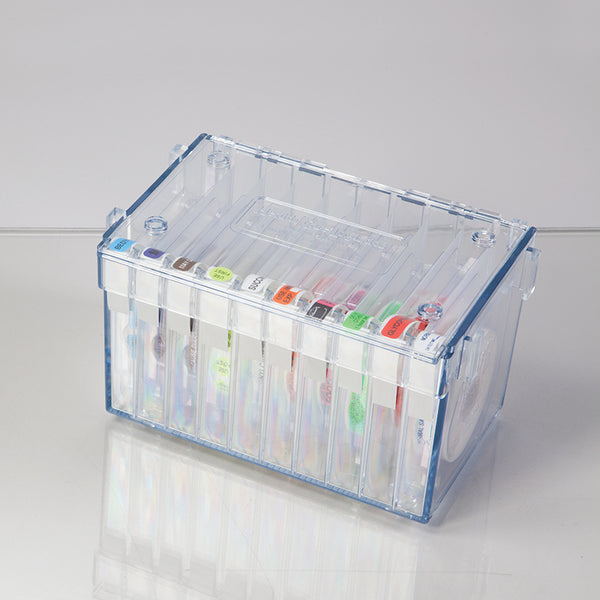
Autism & PDD Answering Questions: Level 1
Product Code : MPS8-31506
$55.13
Vendor: PRO-ED
Available
Linda Mulstay-Muratore Description Ages: 3-9Grades: PreK-4 This resource helps students answer questions by picturing the concepts behind them. Highly-visual content bridges the gap between concrete and abstract language. Simple...
Linda Mulstay-Muratore
Description
Ages: 3-9Grades: PreK-4
This resource helps students answer questions by picturing the concepts behind them. Highly-visual content bridges the gap between concrete and abstract language.
Simple illustrations help students understand the logic behind questions and respond appropriately. Students look at the picture, read the question or statement at the top of the page, and respond. The complexity of response can range from single-word answers to complex utterances. Visual prompts can be faded and question forms intermixed to facilitate generalization of the question concepts.
Eight chapters include:
- Describing Feelings: Students answer the question, ""How does he/she feel"" and identify emotions of hurt, mad, sad, happy, and scared.
- What Happened: Students answer the question, ""What happened"" and explain situations like spilling a drink or breaking an object.
- What Do You Do When: Students draw from personal experiences or the experiences of others to answer the question, ""What do you do when . . . "" This section gives practice in answering questions in novel, yet logical ways.
- Why/Because: Students give logical reasons for questions such as ""Why is she taking her medicine"" and ""Why is she mad""
- Going To: Students learn to make and express predictions and draw conclusions as they answer questions that pertain to related objects (e.g., ""He has a drum and drumsticks. What is he going to do"" ).
- What Do You Need: Students name two items needed to complete tasks like washing hands or drawing a picture (e.g., ""Name two things you need to make toast""). Simple organizational skills like verbal sequencing and basic storytelling are developed.
- What Should: Students demonstrate beginning logic and problem-solving skills by stating solutions to simple problems like what to do if a glass breaks (""John broke a glass. What should he do"").
- What If: Students hypothesize about events they may not have experienced themselves (""What happens if you let go of a balloon"").
190 pages 8.5 x 11, softcover 2006













